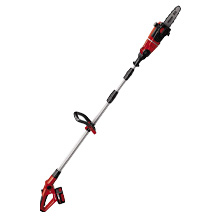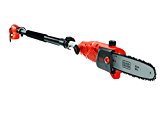Loppers purchasing advice: how to choose the right product
- What you need to know
- Loppers are ideal for cutting thick branches up to 2 inches (5cm) in diameter.
- They can be used for any type of wood.
- Telescopic handles make it easier to work overhead and reduce the amount of force required for cutting.
- Good loppers are available from around $40.
Loppers for perfect pruning
Loppers are always used when standard pruning shears are no longer sufficient. While smaller twigs and branches are no problem for pruning shears, if they are several inches thick, loppers are the better choice. Thanks to the longer handles, they make cutting easier. The different types each have their own advantages.
What are loppers?
Loppers are used to cut branches. Twigs and medium-sized branches with a diameter of 1 to 2 inches (25 to 50mm) can be pruned with them without any problems. They are mainly used on trees and rarely on shrubs.
Garden shears, on the other hand, are used for smaller branches and twigs with a maximum diameter of 1 inch (25mm). They are ideal for cutting roses or smaller shrubs. Some manufacturers have already developed their garden shears further and equipped them with a ratchet system. Although these are somewhat more powerful, they cannot compete with commercially available loppers.
The best-known manufacturers of powerful loppers include Fiskars, Gardena, and Wolf-Garten. Good and inexpensive pruning shears can be found, for example, from the manufacturer Siena.
The advantages and disadvantages of loppers
Loppers are a useful addition to a simple pair of garden shears. Even thicker or higher branches can usually only be reached with loppers. Apart from that, loppers offer numerous advantages: their long shearing arms make cutting work much easier. Depending on the model, they can be between 16 and 40 inches (40 and 100cm) long. The leverage they create on the cutting edge makes it much easier to prune even thicker branches. The thicker the branches, the more force is required. Branches with a diameter of more than 2 inches (5cm) can no longer be handled with loppers. The blades can even break if too much force is applied. However, many manufacturers offer spare parts. So if cutting the branches becomes too tedious at some point, simply replace the cutters.
The different types of loppers
There are many different types of loppers. The best known are the anvil lopper, the bypass loppers, and the pulley pruner.
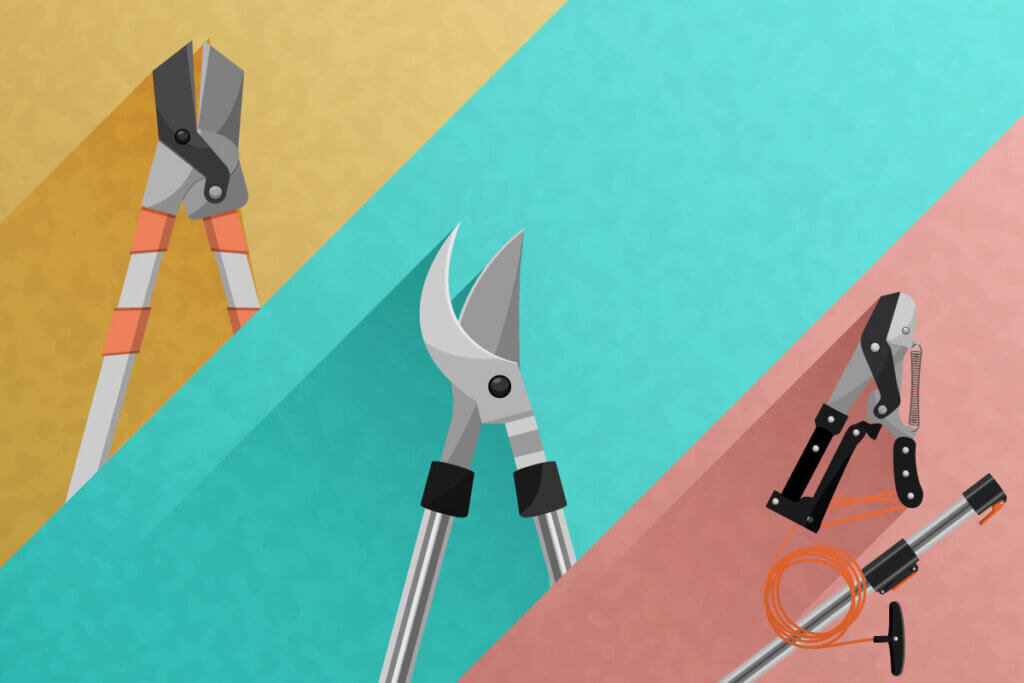
Anvil loppers
Anvil loppers are nowadays the classic version. They are equipped with only one cutting blade. On the other side it meets a wide metal surface, the so-called anvil. Both sides work together optimally to cut the branches: the blade takes over the cutting of the branch and the anvil creates the necessary counterpressure on the other side. Since the branch is literally squeezed into the blade, the cut is less clean and the remaining branches are more severely damaged. For this reason, anvil loppers are particularly suitable for dead branches and twigs. Here, unclean cuts are no problem.
Gear-driven anvil loppers
Loppers with a gear instead of the usual joint are mainly offered by Fiskars, but also by Gardena. They are similar in design to anvil loppers, but their gears improve the transfer of power to the cutting tool. With gear-driven loppers, you have to use much less force to cut through thicker branches.
Bypass loppers
Unlike anvil loppers, bypass loppers have two curved blades. These slide against each other, with one cutting blade passing by the other. Due to their two-blade design, they achieve very clean cutting results without fraying. However, you need more force to cut through the branches. Bypass loppers are offered, for example, by the manufacturers Gardena and Fiskars.
Ratchet loppers
The system of ratchet loppers is similar. The ratchet mechanism engages several times while you are cutting. This means you have to use less force and achieve good results even with strong branches. Here, too, Gardena and Fiskars are among the established brands.
Pulley pruners
All loppers, whether an anvil or bypass, have a maximum working height. This is quickly reached with tall trees. An alternative for cutting branches is a so-called pole pruner — a handy saw on a long telescopic pole. However, if this is too much work for you, a pulley pruner is recommended. The long telescopic pole allows you to reach even very high branches. You can then use the cord to operate the cutting tool and cut the undesired branches.
Purchase criteria
There are many loppers on the market. Inexpensive offers are not always inferior and higher-priced ones are not automatically better. Therefore, it is important to compare the tools in advance to find the ideal loppers for your needs. The most important criteria include the cutting diameter or cutting strength, the arm length, and the option of using a telescopic pole to extend the reach if required. You should also consider additional functions, storage requirements, available spare parts, and the price.
Cutting diameter or maximum branch thickness
The cutting diameter indicates how thick the branches can be that you can cut with the loppers. The diameter can vary from one model to another. Some are only suitable for branches up to 1 inch (25mm) in diameter, while others can even cut branches 2.2 inches (55mm) thick. Therefore, check in advance how thick the branches in your garden are. This way you can make sure that the new loppers are right for the job.
Arm length of the loppers
Anvil and bypass loppers both have two long levers with which the cutting tool is operated. These arms can be up to 40 inches (100cm) long. The following applies: the longer the arms, the better the leverage when cutting — that is, the less force you have to use to cut the branches. This is especially important with thicker branches, as cutting them quickly becomes very strenuous.
Another interesting point besides the leverage is the reach of the loppers. If you want to cut higher branches without always having to climb a ladder, you should look for longer arms. Some manufacturers offer telescopic poles for their loppers. This allows you to reach even higher branches easily and give shape to the trees in your garden.
Why color is important
Especially in a large garden with many bushes, plants, and trees, loppers in a signal color are practical. This makes it easier to find them again if you have put the shears down for a short break or if you have dropped them while cutting.
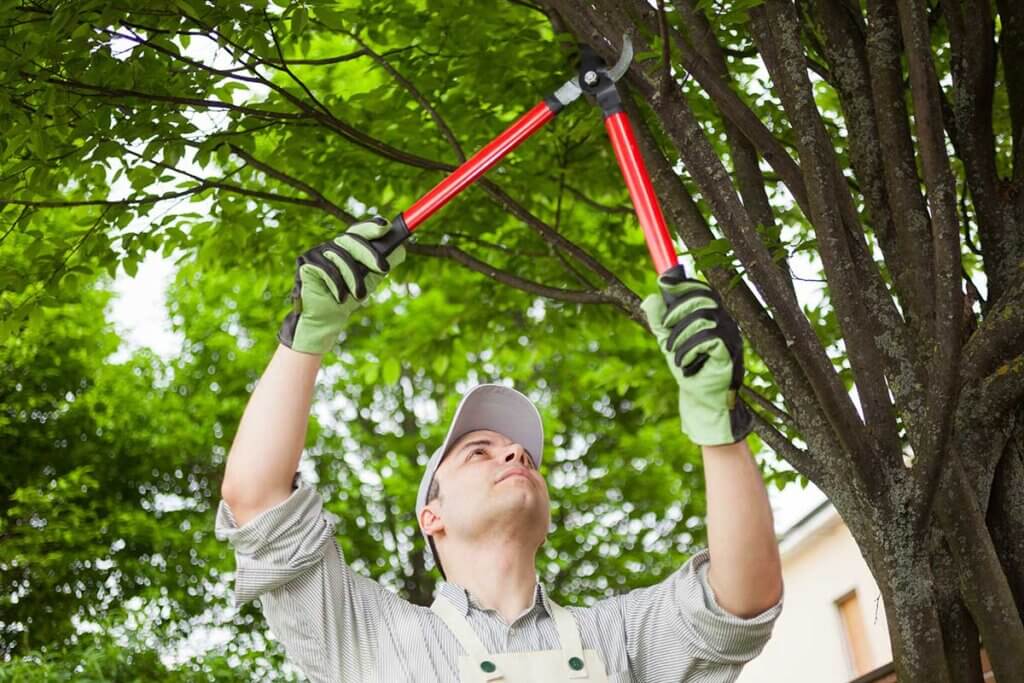
Handle shape
In addition to the material, the shape of the handles is also interesting. Manufacturers such as Fiskars and Felco usually use straight handles. Wolf-Garten, on the other hand, advertises an ergonomic design. Regardless of which shape you prefer, it is important that the handles fit well in your hand to prevent blisters from working for a long time.
How heavy can loppers be?
Loppers are often used for overhead work. It is therefore important that they are not too heavy. Due to their light weight and durability, materials such as fiberglass and aluminum are preferred for the handles. A weight of only 14 ounces (400g) is not unusual here. Depending on the material and design, however, it can be up to 53 ounces (1500g).
Additional functions
Loppers can have various extras, for example a telescopic and ratchet function as well as a pull cord.
Telescopic function
The telescopic function is often not perceived as an additional feature. After all, many manufacturers equip their loppers with extendable handles right from the start, which considerably increases the reach. Other loppers, on the other hand, come with telescopic poles, which are often included in the scope of delivery.
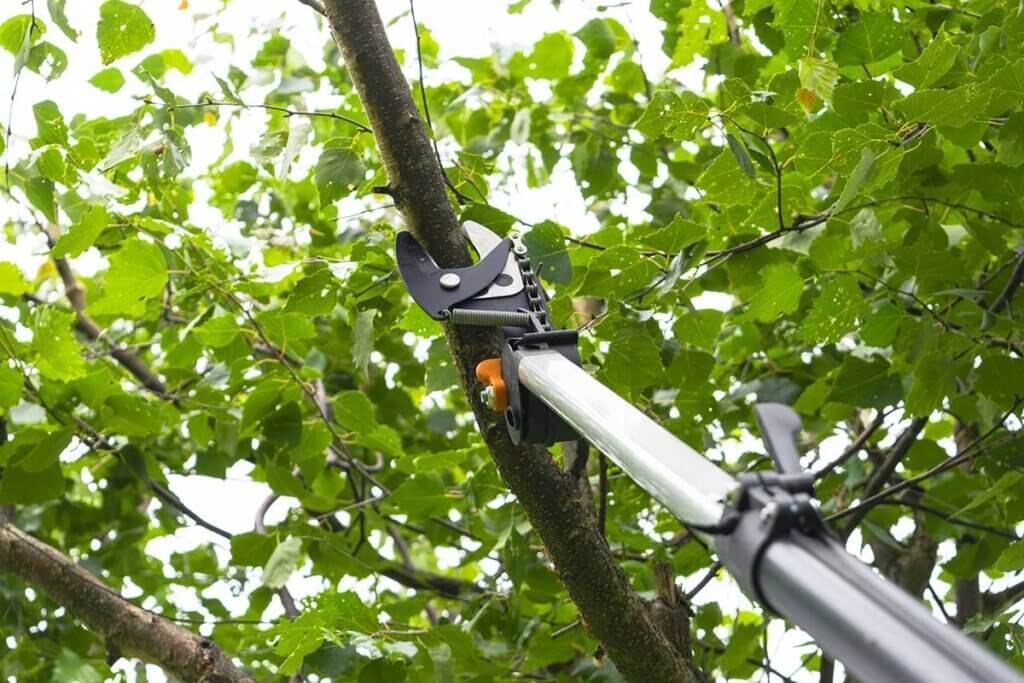
Ratchet function
The ratchet function reduces the amount of force needed to cut through branches. So-called knee levers spring into predefined notches; the branch is cut by squeezing several times. The ratchet system can be adjusted to the diameter of the branches so that you do not have to open the shears too wide. This saves energy and is easy on your muscles.
Pull cord
The pull cord is mainly found on gear-driven loppers. It is actually used to carry out the cutting process while the handle is held with the other hand. It is therefore usually used in combination with a telescopic pole. However, the pull cord also helps you when it becomes too difficult to press the two arms of the loppers together.
Spare parts
Loppers are very durable. Nevertheless, the blades will become blunt at some point, making it increasingly difficult to cut through branches. Hence, pruning shears whose blades can be replaced are a good option. So it is best to make sure when buying that the blade can be easily replaced or at least sharpened later. This way, you don’t always have to buy new loppers when the old ones become blunt.
Safety features
One of the most important safety features is the locking function. This secures the cutting tool and prevents the loppers from opening accidentally. Make sure that the function is reliable and that the blades are adequately secured in the event of a fall, for example. Even if the loppers fall, nothing should flick open.
The workmanship is also an important point. There should be no potential pinch points or sharp edges on the handles. It is therefore best to look for a certification mark that stands for product safety.
How much do loppers cost?
The purchase price of loppers ranges from $15 to more than $150. However, the price is not a criterion for determining whether the loppers are good. Before buying, therefore, it is best to think about what you want to use your new loppers for and what they have to be able to do or have to offer. The price is only of interest when deciding between individual models.
How to care for your lopper
Loppers are durable and reliable — provided they are well looked after and regularly maintained. Most blades can be sharpened several times, so you don’t always need to buy a new pair of blades when their cutting performance starts to deteriorate. To be able to sharpen the blades, they should ideally be removable. Although you can also sharpen fixed cutting blades, this is unwieldy and usually compromises the result.
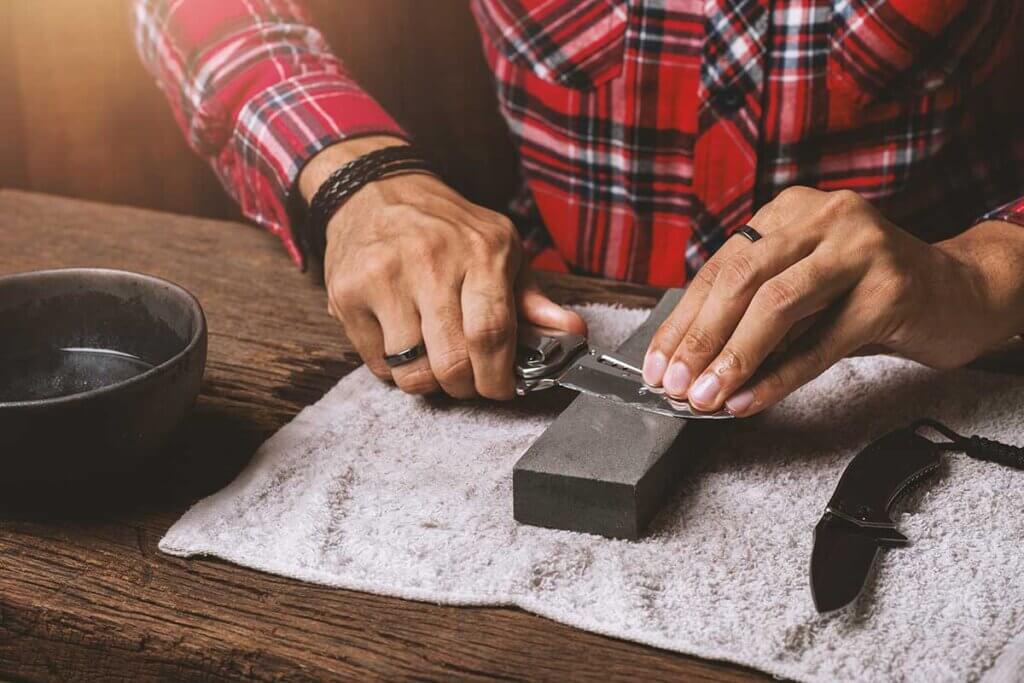
In addition to regular sharpening, it makes sense to oil the moving parts at regular intervals. This keeps them well protected and prevents them from grinding against each other while you are pruning bushes and trees. Of course, loppers don’t need to be fully oiled after every use. Simply wipe the blade carefully with a damp cloth so that any residue from the branches and dirt is removed.
Image 1: © FinalCheck | Image 2: © Minerva Studio / stock.adobe.com | Image 3: © Aleksei / stock.adobe.com | Image 4: © NorGal / stock.adobe.com

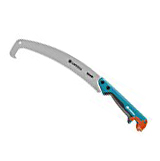

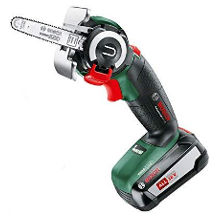
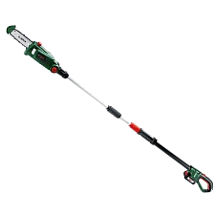
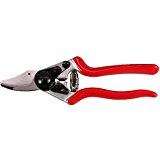

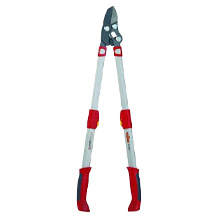













 3,550 reviews
3,550 reviews
